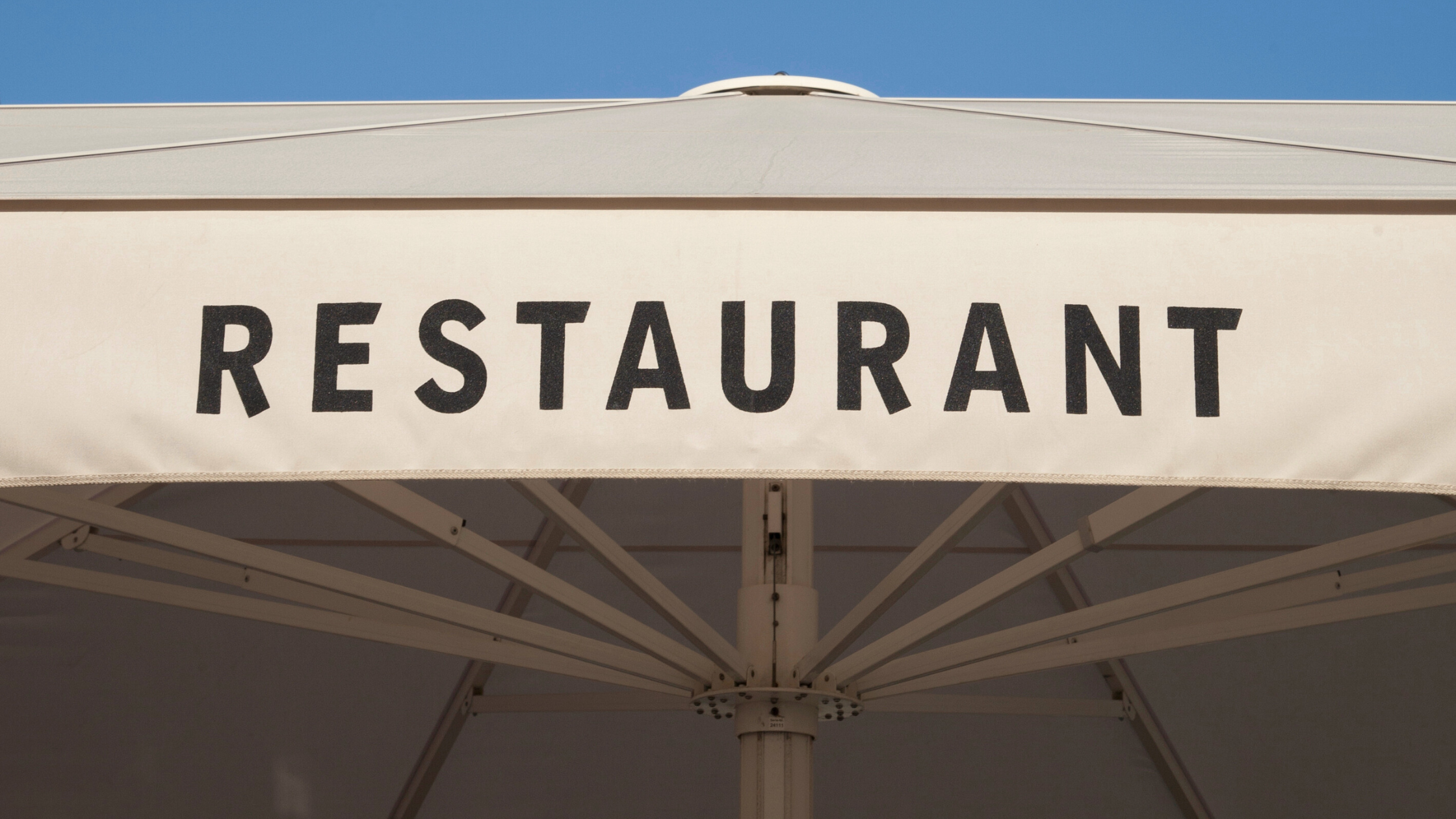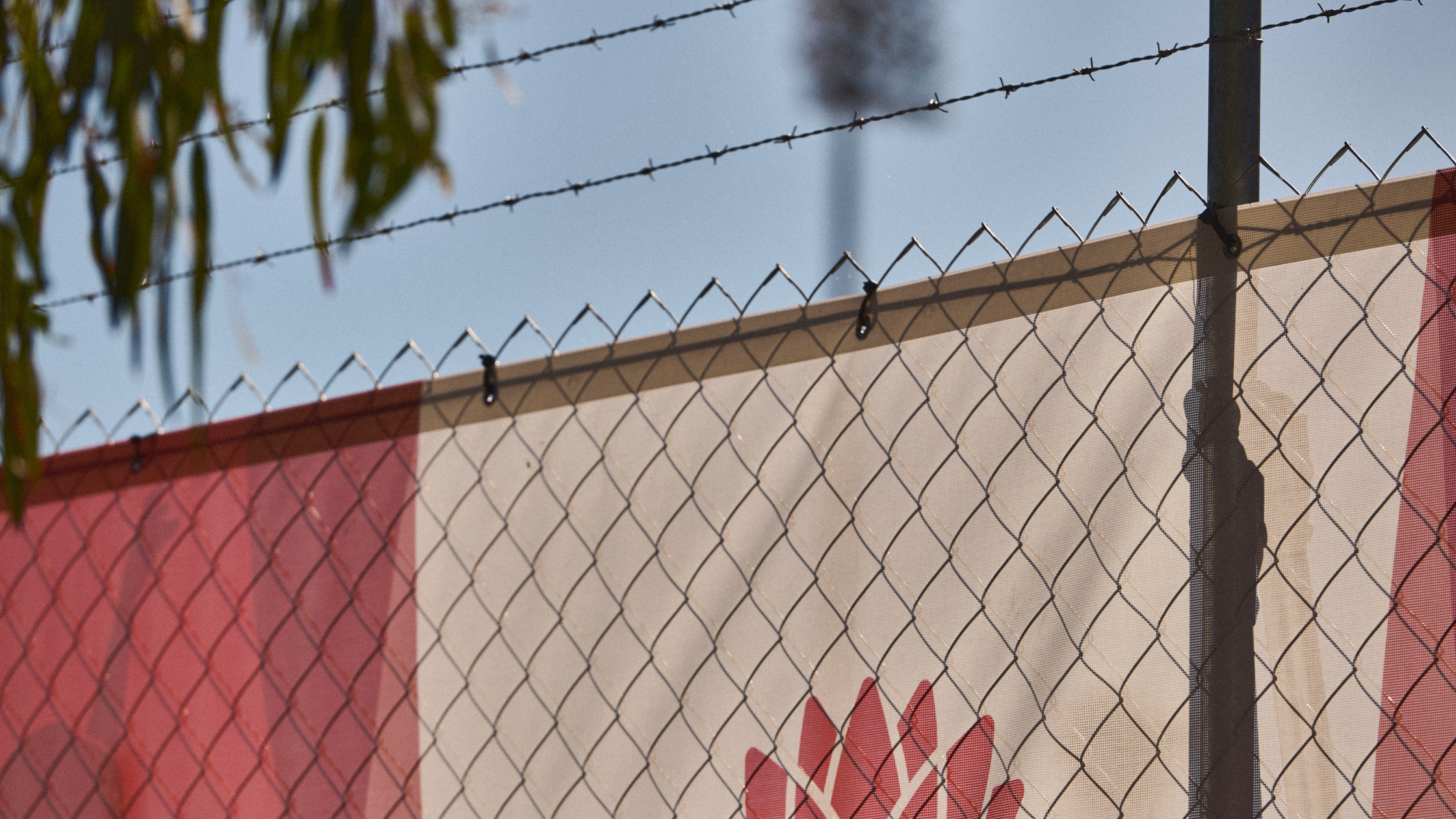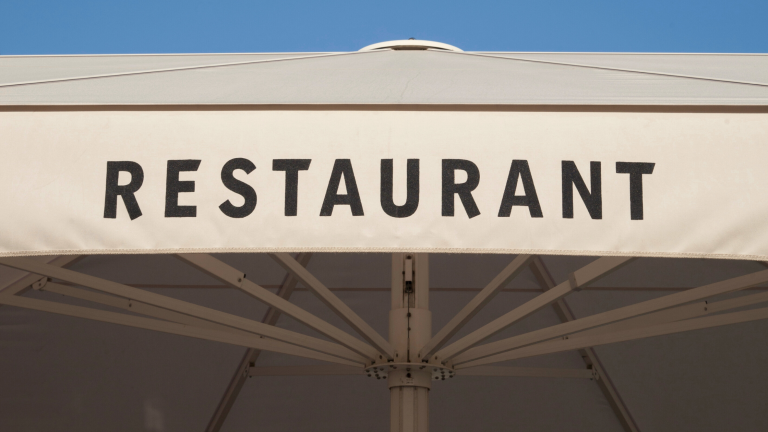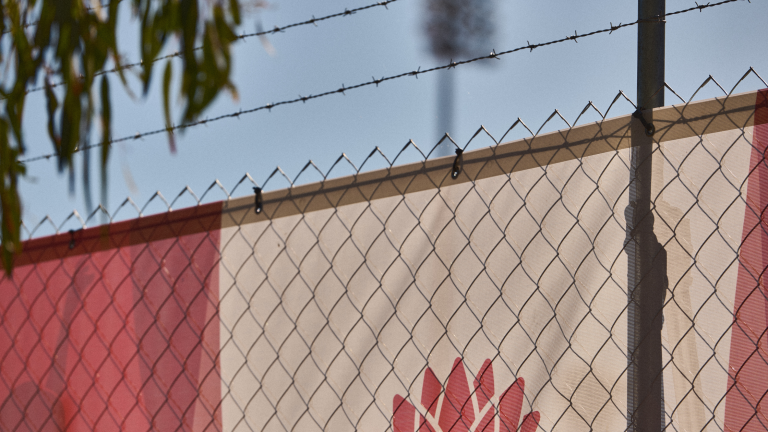Everything You Need to Know About Grand-Scale Print Solutions.
In the world of visual communication, grand format printing stands tall—literally. From massive billboards and building wraps to eye-catching event signage, grand format print delivers high-impact visuals on a colossal scale. But what exactly is grand format printing, how does it differ from other types of printing, and what makes it so effective?
Let’s break it down.

Grand Format Print, What Does It Mean?
Grand format printing refers to the process of producing extra-large prints, typically wider than 2.5 metres. This type of printing is used to create large-scale graphics for advertising, events, construction, retail, and beyond.
Also known as wide format or large format printing, the “grand” designation usually applies to the largest machines and print applications, capable of producing visuals that command attention from a distance.
Common Examples of Grand Format Application:
- Billboards
- Building wraps & hoardings
- Mesh banners & fence scrim
- Event backdrops & stage signage
- Retail window displays
- Vehicle wraps

Key Features of Grand Format Printing
1. Massive Scale
Grand format printers can produce graphics on materials up to 5 metres wide or more—with virtually unlimited length. This allows for seamless visuals on enormous surfaces.
2. Durability
Printed using UV, solvent, or latex inks, grand format prints are designed to withstand:
- Harsh weather conditions
- Sun exposure (UV resistance)
- Wear and tear in high-traffic environments
3. Vivid Colours & High Resolution
Today’s technology allows for crisp detail and vibrant colour reproduction, even at large sizes. Grand format printing ensures your message is not only big but also beautifully sharp.
4. Versatile Materials
Grand format printing can be applied to a wide range of materials including:

How is Grand Format Print Produced?
The production of grand format print involves specialised printers far larger than standard digital presses. Here’s a quick look at the process:
1. Design & File Preparation
Large prints require high-resolution graphics (typically vector or 300dpi at full size) to avoid pixelation. Design files are set up with bleed and scaling considerations.
2. Material Selection
The right material is chosen based on the application—whether it’s an outdoor mesh banner, an indoor fabric display, or an adhesive vinyl for walls or windows.
3. Printing Process
Using UV-curable, solvent, or latex inks, the image is printed directly onto the chosen substrate using high-end printers.
4. Finishing
Once printed, the material is often hemmed, eyeleted, taped, or kedered to ensure durability and easy installation.
5. Installation (Optional)
Many grand format printing companies (like us!) offer end-to-end service, including delivery and professional installation, ensuring your project looks flawless.

Why Choose Grand Format Printing?
- Maximum Impact: Perfect for campaigns or projects where visibility is everything.
- Customisation: Tailored to your exact size, material, and design requirements.
- Durability & Longevity: Built to last, indoors or outdoors.
- Brand Building: A powerful way to make your brand impossible to miss.
In Summary
Grand format printing is more than just “big printing”—it’s a specialised art form that transforms walls, buildings, fences, and events into larger-than-life advertising spaces. Whether you’re looking to make a bold statement on a construction site or create immersive event graphics, grand format print delivers.
If you’re ready to bring your brand to life on a massive scale, our team is here to help with design, print, and installation—every step of the way.






